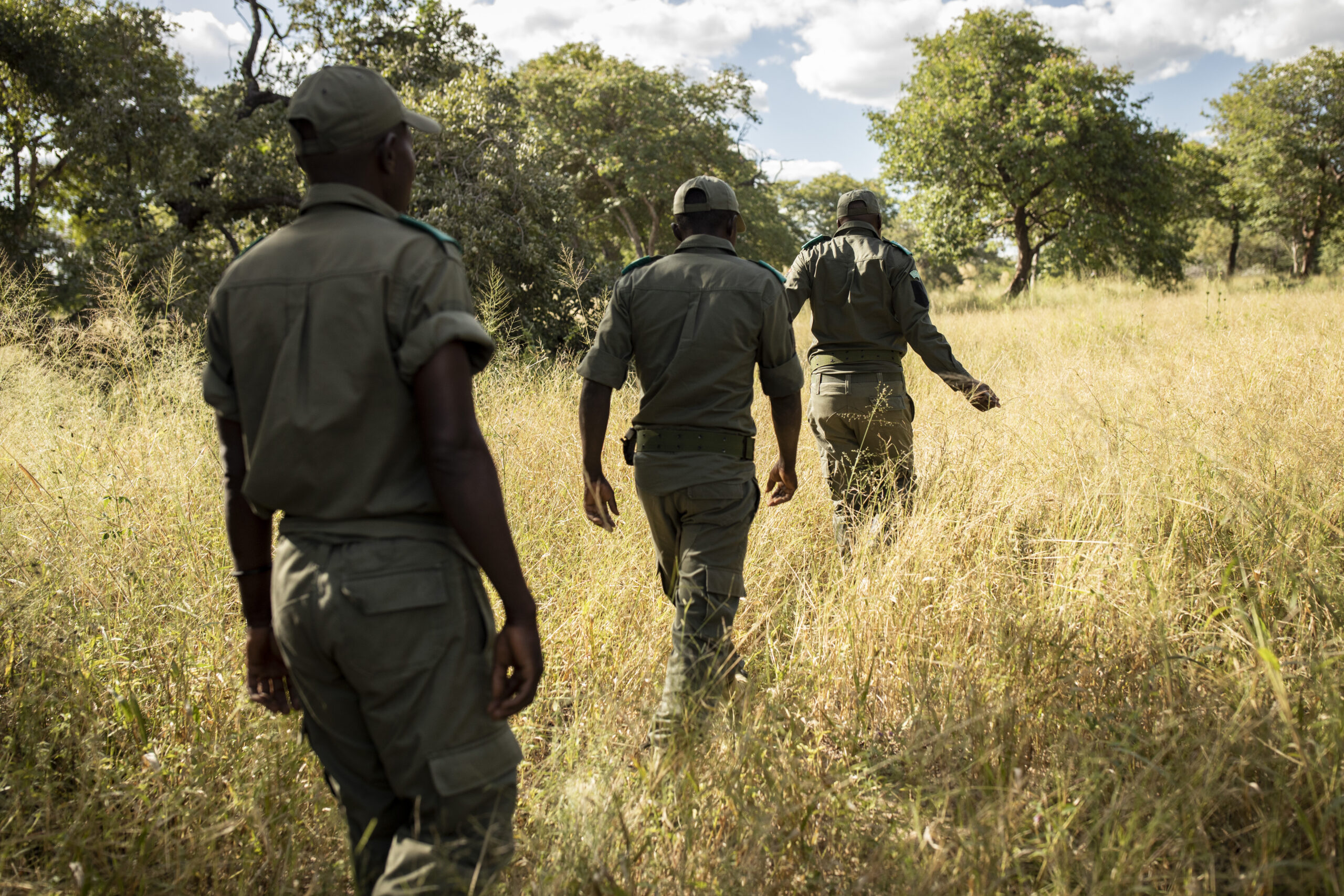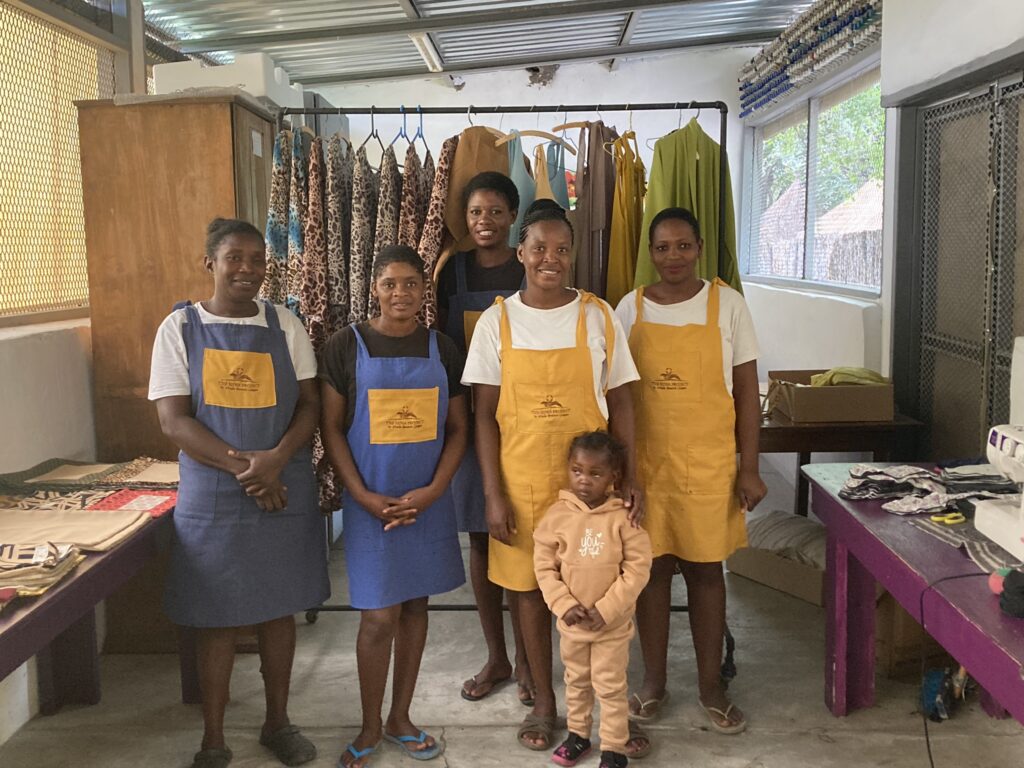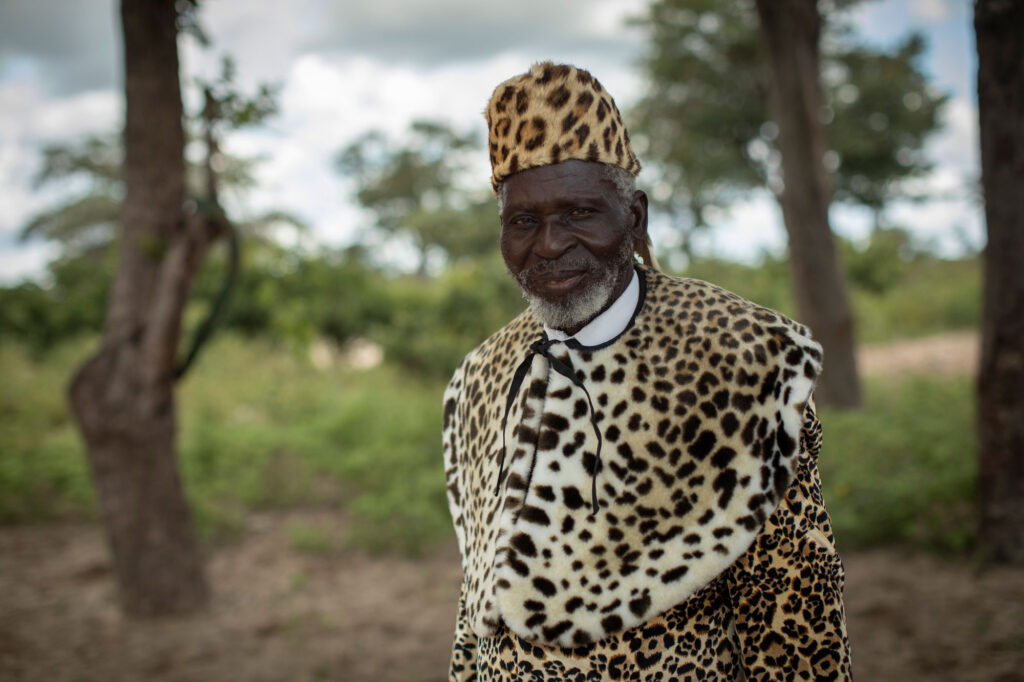WELCOME TO THE FIRST EDITION OF A JOURNEY THROUGH KAZA,
the Kavango Zambezi Transfrontier Conservation Area
Transfrontier Conservation Areas are a relatively new concept in the conservation arena. They are founded on the realization that natural resources that straddle international boundaries are a shared asset with the potential to meaningfully contribute to the conservation of biodiversity and the welfare and socio-economic development of rural communities.
Kavango Zambezi Transfrontier Conservation Area (commonly referred to as KAZA) incorporates 5 countries (Angola, Zambia, Zimbabwe, Botswana and Namibia). There are 36 formally proclaimed protected areas made up of a host of game reserves, forest reserves, game/wildlife management areas, and communal lands in KAZA and 3 UNESCO World Heritage Sites (Victoria Falls, Okavango and Tsodilo Hills). The amount of flora and fauna is outstanding, home to more than half of southern Africa’s elephants, 25% of the world’s remaining endangered wild dog and around 600 bird species. The area is also home to an estimated 2.5 – 3 million people made up of numerous tribes. They predominantly live off low-scale pastoralism, hunting, fishing, natural resources harvesting and agriculture. Tourism contributes significantly to local employment. The aim of KAZA is to improve the socio-economic conditions of the people in the TFC area by harmonizing economic development, tourism and conservation.

Ethos Marketing were appointed by the KAZA Secretariat in March 2023 to implement an international marketing campaign in 2023 for KAZA. With this in mind, Alison and Amanda immediately embarked on a 2 week experiential fact finding and awareness mission.

During this time, they carried out an inception meeting with all 5 tourist boards of Angola, Botswana, Namibia, Zambia and Zimbabwe. They travelled through Botswana, Namibia, Zambia and Zimbabwe, hosted 3 stakeholder meetings in the towns of Victoria Falls, Livingstone and Kasane for over 100 stakeholders, stayed in 14 properties ranging from backpacker accommodation through to 5* lodges, experienced 10 community and wildlife projects, met with over 200 stakeholders throughout the trip and experienced the incredible wildlife in parks including the Chobe National Park, Nkasa Rupara National Park, Bwabwata National Park, Zambezi National Park and by boat on both the Chobe and Zambezi rivers.
Come and join Alison and Amanda as they take you on their journey from Victoria Falls to Kasane, taking in Livingstone, Chobe, the Zambezi and much much more.
KAZA is full of beautiful and instagrammable icons ranging from Victoria Falls to the Okavango Delta. But it is more than that, and over the coming months we will throw a spotlight on both iconic and lesser known parks and their incredible and diverse wildlife offering. We will delve deeper, to look into some of the incredible wildlife and community development achievements that are being run. To encourage you to incorporate such worthwhile projects into your itineraries and your sales pitch when talking to clients.
KAZA Achievement:
The KAZA Secretariat has already produced marketing material which is available for you to download and use on your websites to further aid in promoting your product to the traveller considering Africa for their next adventure.
KAZA Marketing Brochure and KAZA map. Click below for a link to the digital version.
For hard copies please contact Lefa at the KAZA TFCA office in Kasane on lachamba@kavangozambezi.org
Uncover KAZA
Botswana and Namibia
A 4 Day Land and Boat Safari Combination to Chobe and Bwabwata


Chobe National Park in Botswana is a world renowned and iconic wildlife destination in the heart of the KAZA TFCA. It offers visitors the chance to bear witness to herds of elephant and buffalo, giant crocodiles dozing on the riverbanks and an abundance of birdlife to name but a few. Often accessed from Kasane, but for those in the know, it is also accessible from the Ngoma Gate, just 40 minutes outside of Kasane. This is a much quieter area in terms of vehicles, but just as impressive from a wildlife perspective. Machaba Safaris operate a stunning lodge in conjunction with the local community and it is located just 10 minutes from the Ngoma Gate. Located in the Chobe Forest Reserve, on the edge of a plateau it offers endless views over the seasonal Chobe flood plain and also bears witness to magnificent sunsets – the ultimate way to celebrate the end of another perfect African day. This small lodge offers seclusion in an authentic African environment with suites that are nestled in bushwillow thickets and Zambezi Teak Trees.
The Zambezi Region of Namibia, or the Caprivi Strip as it used to be known, is easy to access from Botswana, crossing the border at the Ngoma border crossing which is only 10 minutes from Ngoma Safari Lodge. From there it is an hour to Katima Mulilo, the main town for this region with somewhat of a frontier or border town feel about it. A further 2 hours past beautifully maintained village settlements and grazing cattle and you will arrive at the wilderness of Bwabwata National Park, Nambwa Tented Camp and the incredible Sijwa Project. Nambwa Tented Camp is a unique luxury camp set high in the trees with the tents connected by walkways high enough in the air for the elephants to walk underneath them. From here you can explore Bwabwata National Park by either vehicle or boat. Head to the horseshoe for sundowners and wait for the resident herd of elephant to join you or scour the bush for predators such as lion, wild dog and hyena. Nambwa Tented Camp has 2 sister properties, a camp site and the rustic Kazile Island lodge allowing guests of varying budgets to enjoy this undiscovered National Park.
Leaving by boat, taking in one last water-based safari / transfer, you arrive at the inspirational Sijwa project in the Mayuni Conservancy that is the brainchild of Tinolla with the approval of Chief Mayuni. Here they raise their own chickens to sell, have a permaculture vegetable garden, recycle all glass into beautiful pieces of jewellery or homewares and run a sewing project and a junior sewing project making staff uniforms, lovely dresses and stunning placemats. Jobs have been created and there is an incredible level of pride in those working there. Tinolla is not stopping there however as now they are working on beehives which not only produce honey but keep the elephants away from valuable crops.
If you want to know more about the Sijwa project click here
Website to Bwabwata National Park
Here is a short video showing how the glass is turned from bottles to beads.
Uncover KAZA’s Hidden Gems
Luengue-Luiana National Park - Angola:


Tourism is in its infancy in Angola’s KAZA component, with access via the border crossing from Namibia at Rundu Border post. For those adventurous souls that wish to learn more about the Luengue-Luiana National Park where it has recently been recorded that there has been a mass return of elephants, buffalo, lion and giraffe among others to their original homeland, then read on
Luengue-Luiana National Park sits in southern Angola in the province of Cuando Cubango and is neighboured by Bwabwata National Park in Namibia to the south and Sioma-Ngwezi National Park in Zambia to the east. There is no doubt that this piece of Africa is ready to showcase itself to those who find they have Africa and adventure firmly in their heart.
The Government of Angola has already set aside funds this year to start building two border-post (Bico de Angola and Bwabwata), which will then connect with Bwabwata National Park in Namibia enabling transboundary tourism. The Government of Angola is committed to the conservation and protection of their globally significant natural resources. Luengue-Luiana and Mavinga National Parks are the two largest parks in the country, amounting to almost 90,000km2. Together, they make up the largest contiguous protected area landscape with National Park status in all of Africa.
This park has the potential to benefit the local communities through wildlife tourism once it becomes more established. For now, it is for the real adventurers among us. Those that want to venture into this park will be greeted by members of the Associação dos Fiscais de África – these are the game rangers protecting this great park among others. They will bear witness to incredible landscapes and returning game now that the country is at peace and has been since 2002. A study undertaken by Panthera from 2015 – 2017 resulted in some very exciting findings. Lion, wild dogs, cheetah, spotted hyena and leopard were all recorded. While lions, at that time, were very rare, with an estimated 10-30 individuals remaining, wild dogs and cheetahs were found to be surprisingly widespread, as were spotted hyenas and leopards. This was a really significant discovery of cheetahs and wild dogs, two species that are facing severe conservation struggles elsewhere in their range. The team also observed significant numbers of prey species, including buffalo, sable, roan, and others. This backed up an aerial survey from around the same time, which estimated there to be a population of thousands of elephants, buffaloes, sable, lechwe, and over a thousand roan and kudu, among a variety of other species. The vast grasslands and abundant water provide incredible habitat for wildlife. With sufficient protection, there is no reason why Luengue-Luiana could not ultimately emerge as a significant area for the conservation of lions, wild dogs, elephants, and many other species and take the pressure off of neighbouring KAZA TFCA countries who sometime battle with their over supply of elephants.
For further information: https://angola-uncharted-safari.com
Victoria Falls Wildlife Trust – Zimbabwe:

The Victoria Falls Wildlife Trust makes for a fascinating addition to any itinerary and only takes a couple of hours out of your day as it is a one-hour tour. Here the staff are passionate about ensuring that communities learn to live in harmony with the wildlife that shares their home.
This short video gives an introduction from one of the founders but to see first-hand the important work that they are carrying out for conservation and rural communities please do encourage your clients to come and support this worthwhile Trust.
The Victoria Falls Wildlife Trust has as its core, the rescue and rehabilitation of wildlife that will have been caused by human interference. A lot of this will be from wire snares used by poachers.
The ultimate aim is to care for and then release animals back into their natural habitat however this is not always feasible. Animals that have sustained permanent injuries such as Judge the white backed Vulture, remain at the Wildlife Trust and acts as an ambassador for the great work that they are undertaking.
The Trust bring local school children into the project every week to educate them on living with wildlife and the importance of conservation. In addition they have set up a veterinary service to assist rural communities with caring for their livestock which is their livelihood. This goes a long way in mitigating human and wildlife conflict.
A number of research projects are being run by the Trust to study lions, elephants and vultures. To look at how to manage wildlife and human conflict with these animals that often come into communities and ruin crops or kill livestock. To teach communities that by poisoning food to kill a lion also has the effect of killing hundreds of vultures as well. To show communities how to protect crops and livestock instead with predator proof mobile bomas. Since these bomas have been implemented there has not been a single head of livestock that has been kept in the bomas killed by predators. In addition as the bomas are mobile it is increasing the fertility of the land and consequently a better crop yield as well.
The Trust is also home to the only wildlife forensic laboratory in the KAZA region. The Victoria Falls Wildlife Trust is a partner with the KAZA Secretariat in the training of rangers and investigators regionally to improve wildlife crime scene investigations. Their work is crucial in the fight against poaching, poisoning and illegally killing wildlife. The lab also plays a crucial role in monitoring disease within both wildlife and livestock.
For further information on the Victoria Falls Wildlife Trust – https://vicfallswildlifetrust.org/
Livingstone – Zambia


Livingstone is the gateway to the Victoria Falls from the Zambian side and has a very different vibe about it. This is a colourful, bustling town, unofficially known as the Tourist Capital of Zambia. This is a town that prides itself on a range of accommodation from welcoming backpacker hotels to stunning 5* lodges on the banks of the Zambezi. A town whose proximity to Victoria Falls ensures guests a thrilling experience of one of the world’s Seven Natural Wonders. A town that borders Mosi-oa-Tunya National Park to the Southwest. This wilderness area is the smallest national park in Zambia but is home to large herds of elephant and to endangered white rhino which you can track on foot. These rhino are always accompanied by their anti-poaching rangers who protect them night and day.
For a more leisurely way to enjoy Livingstone, take a sunset or sunrise cruises down the Zambezi with the rumble of the falls and that iconic spray always in the background.
For further information on Livingstone – https://www.livingstonetourism.com/
If you would like to learn more about KAZA TFCA then we are running a training session at 2pm GMT on August 29th.









The Kavango Zambezi Transfrontier Conservation Area (KAZA TFCA), a development project of the Southern African Development Community (SADC), the Governments of Angola, Botswana, Namibia, Zambia and Zimbabwe, and co-financed by the Federal Republic of Germany through KfW.





